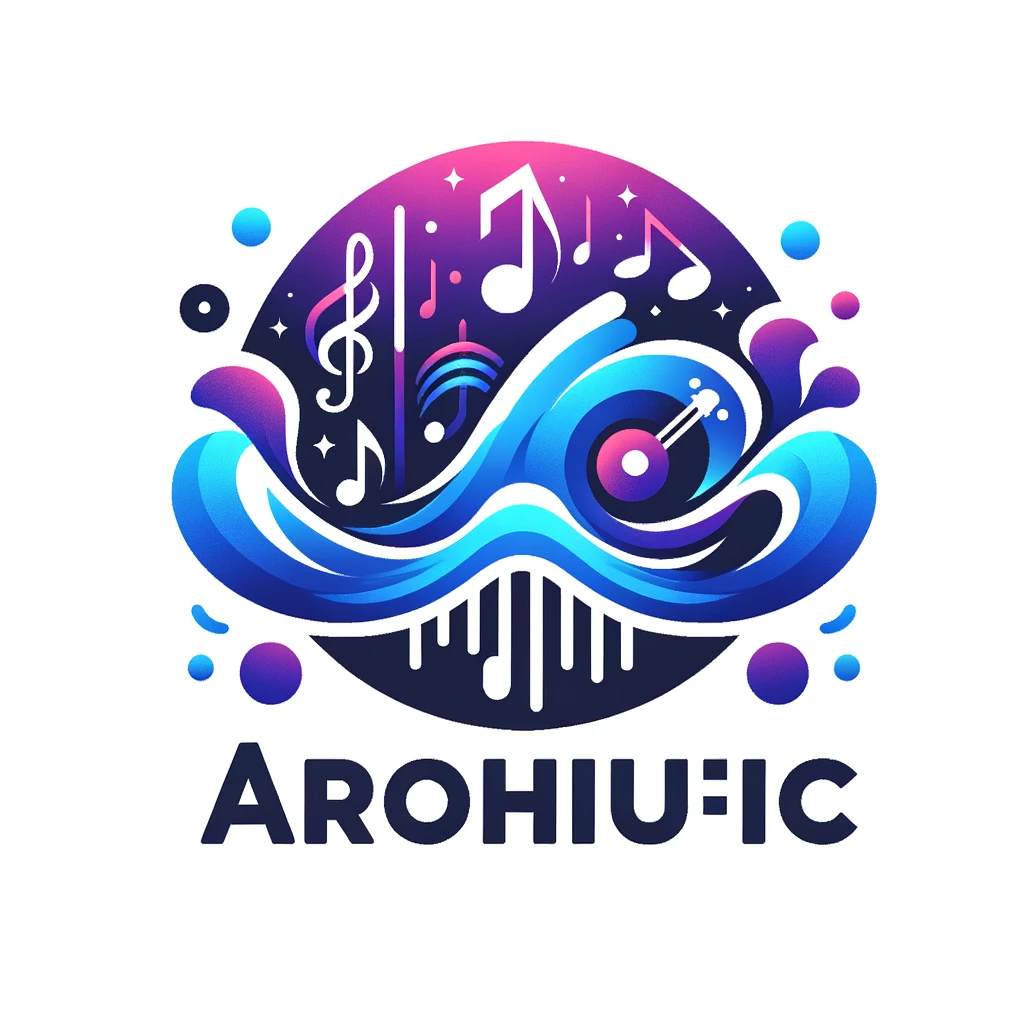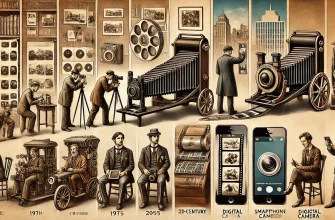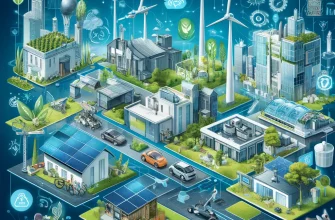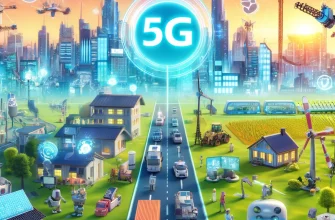Augmented Reality (AR) is significantly changing education by merging physical and digital spaces, creating engaging and immersive learning settings. This innovative technology boosts engagement, makes abstract ideas concrete, and customizes education in ways that traditional methods cannot match. Whether it’s visualizing historical events or examining human anatomy, AR is changing how students learn and how teachers instruct.
This article explores the influence of AR in education, its uses in various fields, the advantages it provides, and the obstacles to its widespread use.
- What is Augmented Reality?
- Applications of AR in Education
- Benefits of AR in Education
- Challenges in Implementing AR in Education
- Content Availability
- Potential for Distraction
- Future Trends of AR in Education
- AR Glasses in Classrooms
- AI-Powered AR
- Collaborative AR
- Gamification
- Integration with Virtual Reality
- Examples of AR in Education Today
- QuiverVision
- Merge Cube
- ZSpace
- Wonderscope
- Conclusion
What is Augmented Reality?
AR adds digital content, like images, sounds, and videos, onto the real world using devices such as smartphones, tablets, or AR glasses. Unlike virtual reality (VR), which completely immerses users in a digital space, AR enhances real environments with interactive elements.
In education, AR offers experiential learning opportunities, making complex topics easier to grasp and remember.
Applications of AR in Education
- Enhancing Traditional Classroom Learning
- AR adds interactive 3D models, animations, and quizzes to textbooks.
- Example: Apps like HP Reveal enable students to scan textbook pages to access videos and interactive diagrams.
- Visualizing Abstract Concepts
- AR makes difficult ideas tangible, such as visualizing molecular structures or gravitational forces.
- Example: Apps like Elements 4D bring chemical reactions to life using AR cubes.
- History and Geography
- AR allows students to experience historical events or explore distant locations more immersively.
- Example: Google Expeditions AR enables students to walk through ancient civilizations or visit landmarks like the Great Wall of China.
- Medical and Science Education
- Medical students can practice procedures and explore human anatomy with AR simulations.
- Example: Anatomy 4D overlays detailed 3D models of human organs, enabling interactive anatomy studies.
- Language Learning
- AR apps offer contextual learning experiences, like translating signs or practicing vocabulary in simulated environments.
- Example: Mondly AR combines AR with gamification to teach new languages interactively.
- Arts and Design
- AR helps visualize creative projects, like designing 3D models or creating digital artwork.
- Example: Apps like SketchAR let students draw by overlaying guides on real-world surfaces.
- Special Education
- AR can provide personalized learning experiences for students with disabilities.
- Example: AR apps can guide visually impaired students with auditory feedback or help autistic learners develop social skills through interactive simulations.
Benefits of AR in Education
- Improved Engagement
- AR turns passive learning into active participation, capturing students’ attention and fostering curiosity.
- Enhanced Retention
- Interactive and visual learning aids help students retain information better than traditional methods.
- Accessibility
- AR democratizes education by providing often free or affordable interactive resources, enabling students from various backgrounds to access high-quality materials.
- Personalized Learning
- AR adapts to individual learning styles, offering tailored experiences for visual, auditory, or kinesthetic learners.
- Real-World Application
- AR bridges the gap between theoretical knowledge and practical application, helping students understand how concepts apply in real-world scenarios.
Challenges in Implementing AR in Education
- High Initial Costs
- Developing AR content and acquiring compatible devices can be expensive for schools with limited budgets.
- Limited Technical Skills
- Teachers may lack the training to effectively integrate AR into their lesson plans. Device Dependency
Augmented Reality (AR) often necessitates the use of specialized gadgets, such as AR-capable tablets or smartphones, which may not be available to all learners.
Content Availability
The supply of top-notch AR content that aligns with educational standards remains limited at present.
Potential for Distraction
Excessive use of AR features might divert students’ attention more towards the technology itself rather than the educational content.
Future Trends of AR in Education
AR Glasses in Classrooms
As AR glasses become more budget-friendly, they could potentially replace tablets and smartphones, offering a hands-free, immersive learning experience.
AI-Powered AR
Integrating AR with artificial intelligence will lead to the development of smarter educational tools that adapt in real-time to student needs.
Collaborative AR
Future AR applications may enable students to engage with the same AR objects simultaneously, promoting group activities and collaboration.
Gamification
AR will further gamify education, transforming lessons into engaging, game-like experiences that motivate students.
Integration with Virtual Reality
Hybrid AR/VR systems will create completely immersive educational settings, combining the strengths of both technologies.
Examples of AR in Education Today
QuiverVision
A coloring app that animates 2D artwork using AR, making it ideal for engaging younger students in creative tasks.
Merge Cube
A handheld cube that works with AR applications to display 3D objects like planets or DNA, encouraging hands-on learning across various subjects.
ZSpace
Combines AR and VR to offer interactive simulations for STEM education, allowing students to virtually dissect frogs or explore mechanical systems.
Wonderscope
An AR storytelling app that lets students interact with characters and narratives, enhancing reading comprehension and imagination.
Conclusion
Augmented Reality is revolutionizing education by making learning more engaging, interactive, and accessible. Despite challenges such as cost and limited content availability, the potential advantages of AR are substantial. By bridging the gap between theory and practical application, AR provides students with a deeper understanding of concepts and prepares them for a digital future. As technology advances, AR is poised to become a vital tool in modern education, transforming classrooms into immersive centers of exploration and innovation.








